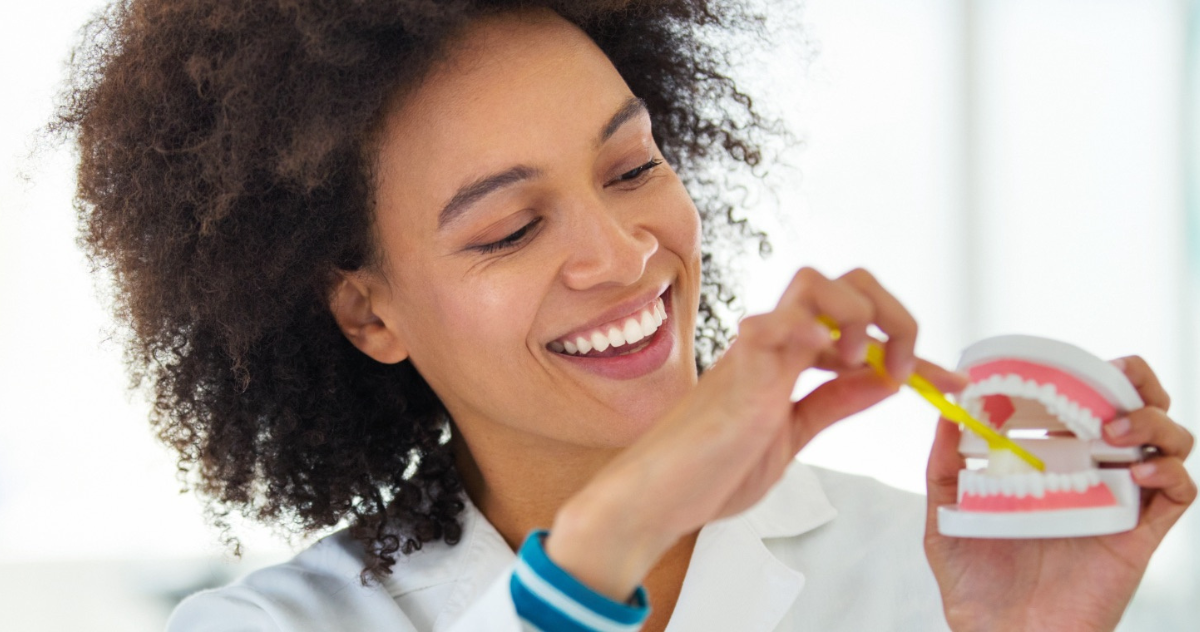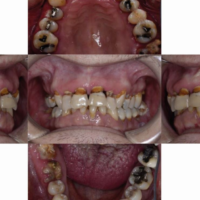What causes teeth to turn brown? Tooth discoloration is one of the major problems that many of you suffer. This complexity occurs due to the change of color of your white pearls. Sometimes, it becomes yellow, brown, or less white. Now the question is, what changes tooth color? Is it bad for oral hygiene? What treatments are available to cure the tooth color? In this guide, we will discuss all of this and much more! There are different causes that are responsible for changing tooth color, such as the habit of smoking, poor oral hygiene, drinking less water, etc. Let’s start to discuss all of these reasons in a detailed manner.
What Are The Different Types Of Tooth Discoloration?
There are basically two main types of tooth discoloration. The first one is extrinsic, and the second one is intrinsic.
- Extrinsic tooth discoloration occurs when the upper rigid layer of your white pearls becomes damaged. It is due to the different environmental factors such as eating junk food or drinking beverages that cause tooth stain
- Intrinsic tooth discoloration is due to damage to the internal layer of the tooth called dentin. This is due to the dental trauma or some other types of certain medications
What Causes Teeth To Turn Brown?
In this section, we will discuss the different causes of tooth discoloration. Every tooth color has its own reasons. Let’s discuss all of the reasons behind it.
1. Dark Color Food And Beverages
If you are a tea or coffee lover, it may be the main culprit for tooth stains. Regular intake of berries and these drinks leads to tooth color brown and then yellow.
2. Smoking
Smoking and other tobacco is also one of the causes of tooth discoloration. It is not only dangerous for oral health but also for physical health.
3. Poor Oral Hygiene
If you do not regularly follow healthy oral habits, it may cause tooth staining. For example, if you don’t brush regularly, then be ready for your white pearls to become stained soon.
4. Excessive Fluoride
There is no doubt that fluoride is good for the health of teeth, but excessive fluoride can cause tooth staining. High amounts of fluoride produce white stains on teeth that may be the early sign of tooth decay.
Some other factors are involved in tooth discoloration, such as genetics, Dental trauma, Certain types of medications, and some specific types of disease.
5. Genetics
Sometimes, an individual’s tooth color is defined by their genetics. Every person has a different tooth color that depends upon their genetics.
6. Dental Treatments
Some dental treatments can also be the culprit of tooth discoloration. For example, the root canal is part of the dental process that changes the color of your tooth.
What Does The Mean Of Different Tooth Color?
- If your teeth become yellow with the passage of time, then it may be due to eating or drinking tooth-staining food and beverages. Furthermore, poor oral hygiene also leads to the yellow color of your white pearls
- Brown tooth color is due to the habit of smoking. Tobacco causes the color of your tooth to turn brown. So, if you notice brown stains and pity holes, then it may be a sign of untreated tooth decay
- The purple color of the tooth is due to consuming red wine
- Gray tooth color means that any of the internal dental nerves get damaged. This is due to dental trauma
- White spots on teeth are due to taking high amounts of fluoride. This condition is called dental fluorosis
- Black tooth color means severe tooth decay
Prevention And Treatment
Adopting good oral hygiene habits can control the changing of tooth color. Furthermore, also limit the intake of dark foods and beverages, avoiding smoking, and regular brushing can stop the tooth color from changing. Certain types of treatment involve tooth whitening, dental bonding, porcelain veneers, etc. Your dentist may suggest a better treatment for you.
Final Words: What Causes Teeth To Turn Brown?
There are different causes that involve behind tooth discoloration. Changing tooth color can vary from person to person. Treatment is also different for different types of tooth colors. It is best to consult a dentist when you observe any change in your tooth color. They may better understand the situation and suggest treatment according to the problem.



